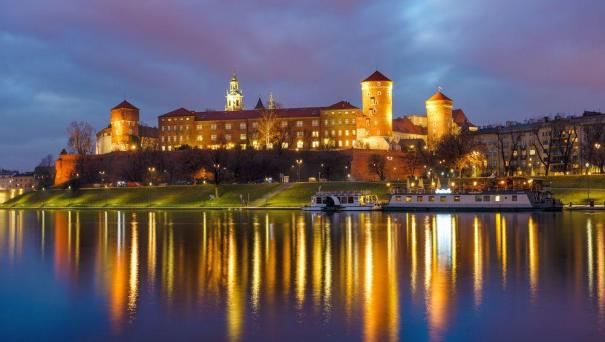About Krakow
Krakow, a southern Poland city near the border of the Czech Republic, is known for its well-preserved medieval core and Jewish quarter. Old Town – ringed by Planty Park and remnants of the city’s medieval walls – is centered on the stately, expansive Rynek Glówny (market square), site of Cloth Hall, a Renaissance-era trading outpost, and St. Mary’s Basilica, a 14th-century Gothic church. The city has a population of approximately 760,000. Average temperatures in summer range from 18 to 19.6 °C (64 to 67 °F) and in winter from −1.0 to −0.6 °C (18 to 31 °F). Developed over many centuries, Kraków provides a showcase setting for many historic styles of architecture. As the city expanded, so too did the architectural achievements of its builders. It is for this reason that the variations in style and urban planning are so easily recognisable. There are about 40 parks in Kraków including dozens of gardens and forests. There are five nature reserves in Kraków with a total area of 48.6 ha. Kraków was named the official European Capital of Culture for the year 2000 by the European Union. It is a major attraction for both local and international tourists, attracting seven million visitors a year. Krakow has many museums art galleries and buildings of interest.
